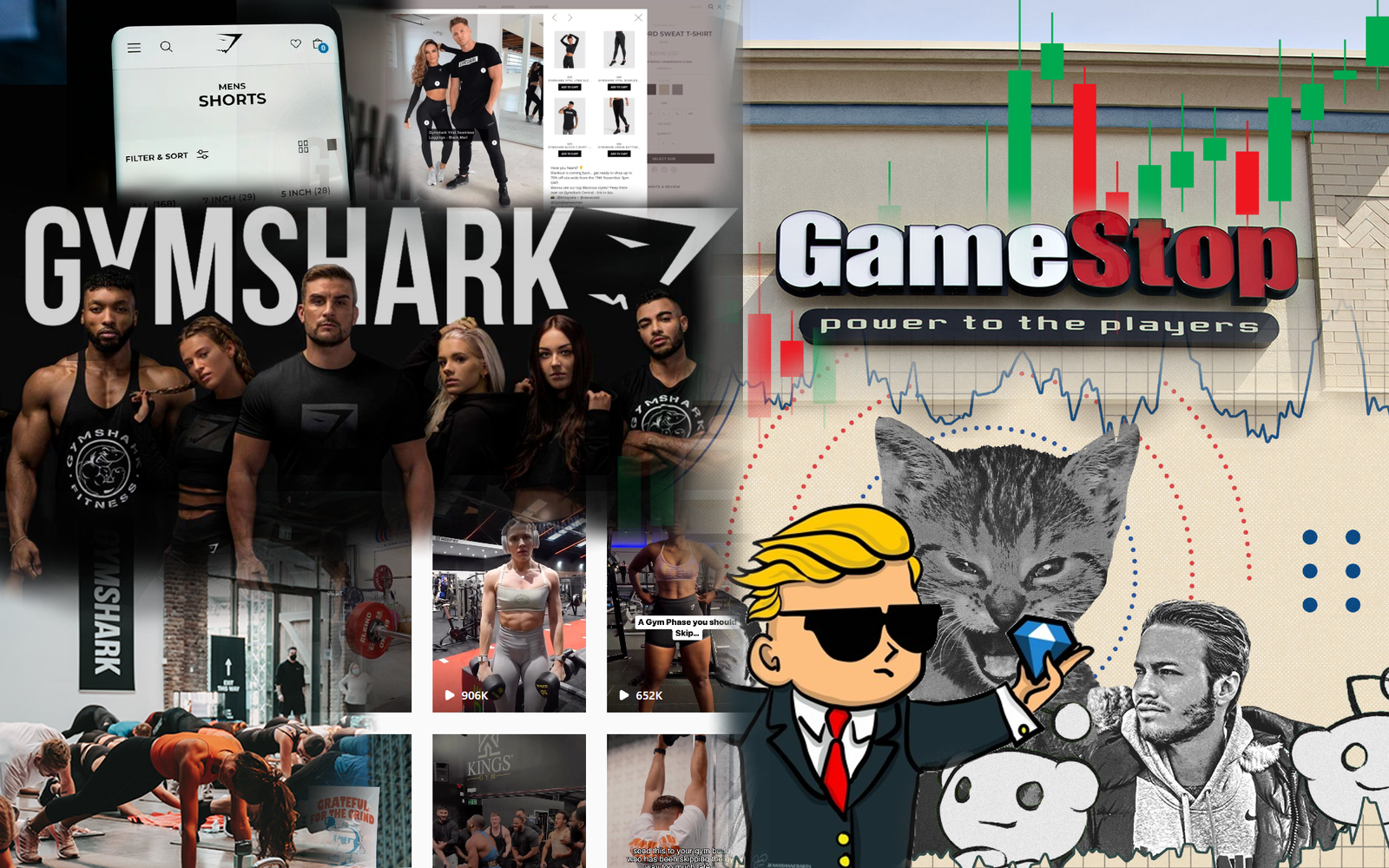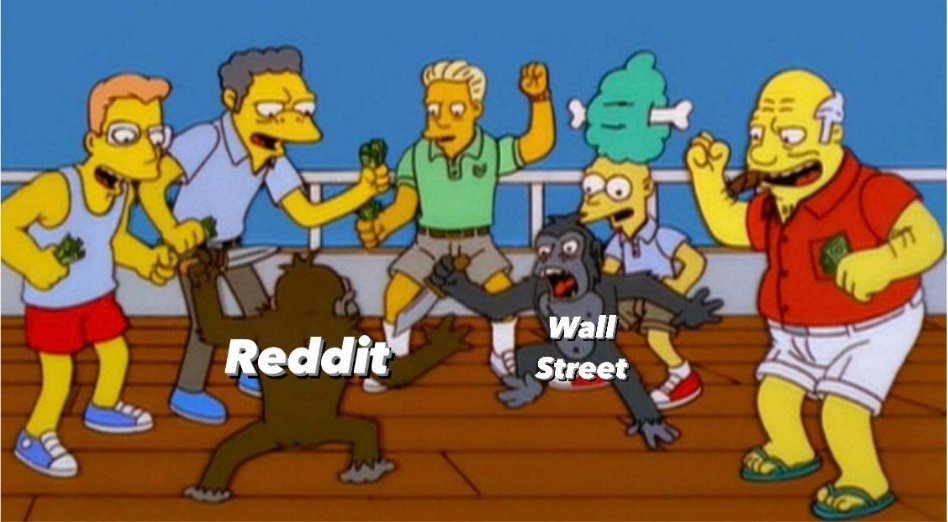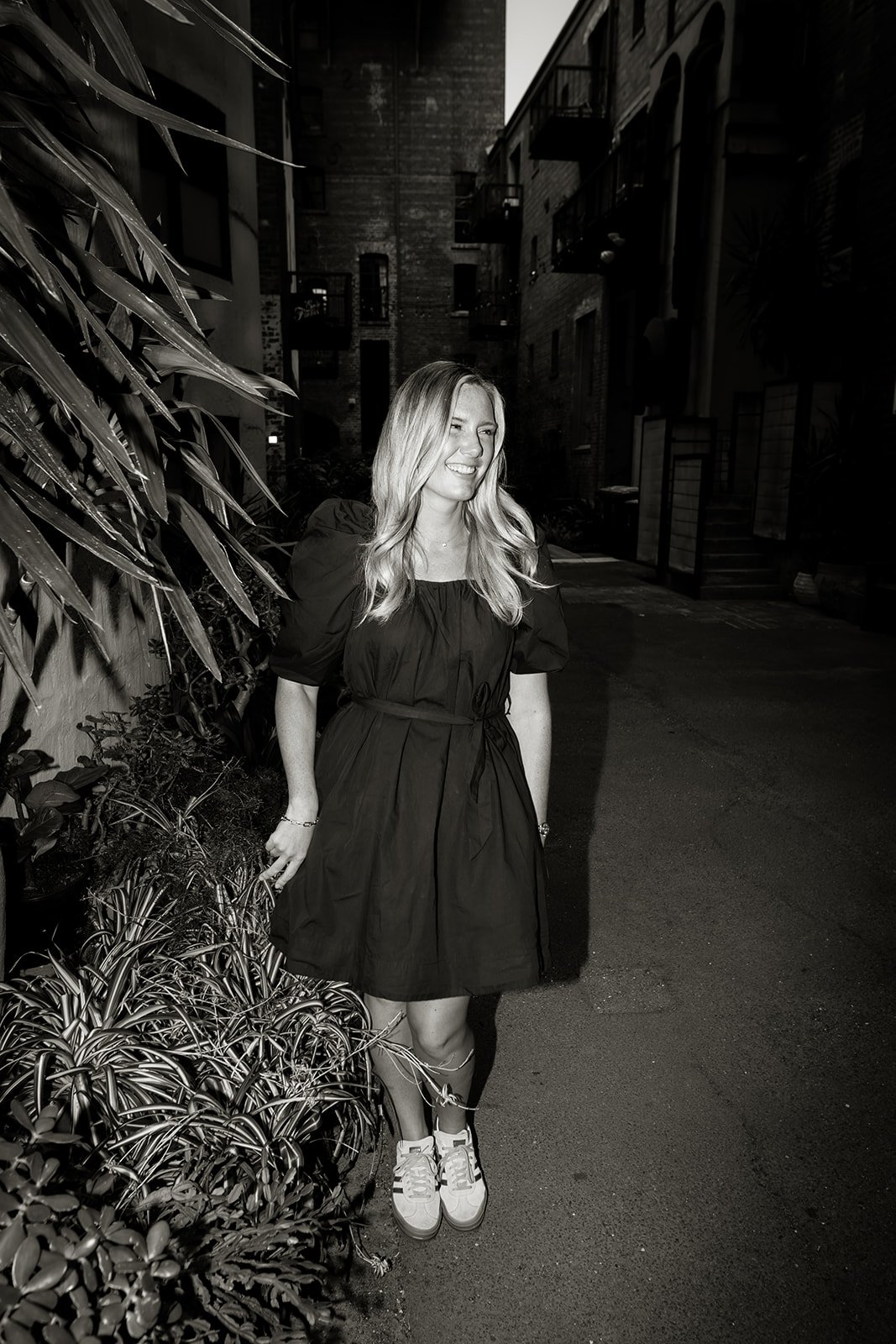Get In Touch
hello@untangld.co
Get In Touch
hello@untangld.co
Follow
|
LinkedIn



What’s this got to do with Gymshark, I hear you ask? Well… a lot, actually.
Brands with community at their heart, have been able to disrupt categories and outpace competitors with a double whammy of marketing effects:
1. Higher rates of advocacy reduce the cost of acquisition
2. Strong customer loyalty increases the number & value of purchases (often stealing share from competitors)
Gymshark is a masterclass in generating community-fuelled growth. The business, founded in Birmingham back in 2012, is worth a whopping £1.25 billion. Its meteoric rise may have started with a good old fashioned eye for product market fit, but its ability to bottle and build on this momentum comes from staying laser focussed on the community that originally put it on the map, 18-25 year old ‘lifters’. This may have been by happy accident to begin with, as founder Ben Francis confessed that they inadvertently fostered a local Birmingham based community of Youtubers and Gym-goers who organically went on to share their experience online.
This isn’t just ‘Happiness’, it needs to be specific and something people can really get behind.
Reddit WSBs: If the little ‘ameteur’ guys all get together, they can challenge big institutions head-on.
Gymshark: To create a brand that weight lifters would actually want to wear. Built by lifters, for lifters.
Like a pitchfork wielding mob, nothing brings people together faster that knowing what you’re against.
Reddit WSBs: When WST’s noticed that GameStop was being shorted, they saw this as an attempt to influence and further degrade the remaining value of the company. This was one ‘rigged’ self-fulfilling prophecy that the Reddit community simply wouldn’t take lying down.
Gymshark: The Gymshark founders noticed that other weight lifters in their gym were modifying their gym clothes by cutting the sleeves of t-shirts or rolling up tracksuit bottoms to allow a broader range of motion and to better show off their physiques. Then they started to wonder why lifting gear was so poorly designed and expensive.
Boil your mission down to one product, or one action you want someone to take. This will focus attention and drive trial.
Reddit WSBs: Buy Gamestop stonks. WSBs knew that if they could bundle their purchasing power with a flurry of stock purchases, they too could manipulate the market and drive up the share price. Ultimately this resulted in the short sellers at Melvin Capital Management having to abandon their position. *They are no longer in business, having lost more than $6.8 billion, $1billion of which was lost in 1 day*
Gymshark: Gymshark’s first attempt to create physique-enhancing and lightweight lifting gear was in the form of a fitted tracksuit which debuted at trade show BodyPower2013. This hero product took the business from £300 per day to £30,000 in just 30 minutes.

Understanding where your community prefer to hangout, and enabling more time together in that space
Reddit WSBs: Reddit but the internet more broadly. The wallstreetbets community knew that they could command power in the digital space they occupied, so they used that to their advantage, turning to Twitter/X and Discord to recruit new members to their cause
Gymshark: Despite being an e-commerce business, they understood that weightlifters hang out… in weightlifting gyms….duh! So they took their products to gyms to get people to trial the product, and started sending products to some of their biggest heroes in the sport. Fast forward to today, some of their retail stores double as gyms with influencers working out and filming content alongside shopping. There is even a Gymshark World Tour where they invite community members to come together to simply hang out in local outdoor spaces..and you guessed it… lift weights!
Now add some fuel to the fire…take a community generated idea and amplify it with media)
Reddit WSBs: There is no denying that Elon Musk’s “Gamestonk” endorsement helped take this operation up a notch, but Reddit’s quick thinking and their 5-second Super Bowl ad cemented the brand as the ultimate people’s champion. Those 5 seconds were so impactful that the Reddit site crashed after it was aired due to surging traffic.
Gymshark: We all talk about creating a feedback loop with customers but Gymshark created a bespoke panel called the Insiders Community. A private and safe space for the fans of the brand to say what they really feel about the products, marketing campaigns and more without damaging the brand publicly on social media. Who doesn’t want to be invited to an Insider’s Club…?

The central premise of any community strategy is that you place your biggest fans at the heart of what you do. To ensure this remains the case as you scale, you need to have orchestrated a constant feedback loop where you’re able to test new ideas, products and optimise existing activity.
Some other indicators that you’re moving in the right direction are:
While community strategies have been around for a while, new technology like AI, and emerging platforms like BeReal offer new opportunities for activation. Simply having customers does not mean you have a community. Community, like any relationship, takes time and effort to build; it requires active listening and clear activation strategy to be authentic and meaningful.
Who better to take on GameStop than Chewy founder and activist investor, Ryan Cohen.
Having demonstrated his ability to build a customer service centric business once before, and now armed with a 50 million strong community of rewards cardholders, not to mention steadfast retail investors… GameStop could really go to the moon.
As for Gymshark, you can read on their very website that their future growth depends on them remembering how they began. Keeping that relentless focus on the lifting community has even seen them create a new position of ‘Creative Director of Lifting’ to help keep them honest.
One curious tweak I did notice is that their brand purpose has evolved to be that ‘we exist to unite the conditioning community’; does this mean we might see Gymshark enter the meal prep or protein arena? They did start their journey as a supplements business after all…
Want to read more about adaptive strategy? Check out our latest article here.

→ Emily Gray brings extensive knowledge from her combined agency, client, and startup background, having worked with brands such as Diageo, Bank of New York, Vanguard, ANZ, SchweppesAsahi and O2. She specialises in connecting creativity and commercial outcomes and is a trusted advisor to both CMOs and CXOs alike.
